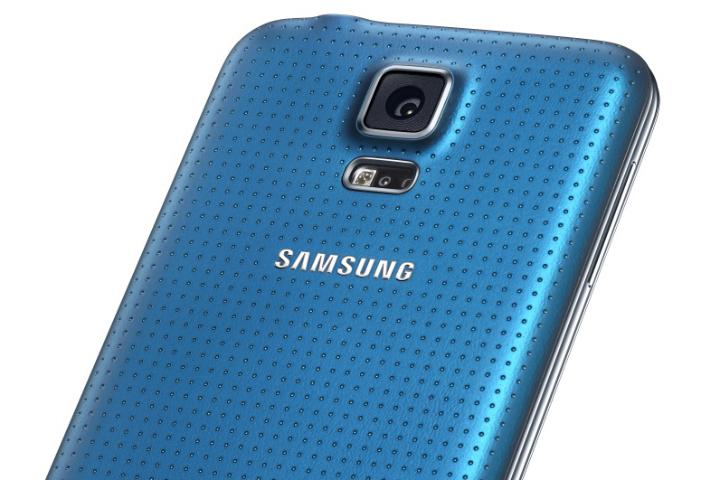
Samsung has long been accused of releasing rehashed, safely designed, and sometimes even dull-looking smartphones, but it’s not because it doesn’t get presented with great ideas, says Lee. “I’ve seen some amazing concepts and prototypes. It was like, ‘Wow, if only we had that in the market, the rest of the market would go bankrupt.’”
Related: How Yves Behar worked with Samsung to design its TVs
Why aren’t they on sale? “It’s a combination of problems – cultural, managerial, and structural – that prevented concepts from making it to market as real Samsung products,” he told fastcodesign.com in an interview. Lee talks about complex management structures, and a need for managers to justify profitability on a project before it goes ahead. The wide range of products in a line means costs are carefully calculated, and this can stifle creativity.
The founder of NewDealDesign also talks about his experiences working with Samsung, calling it frustrating, because he “felt like I was giving crown jewels to people who wouldn’t produce them.” According to the interviewees, working with companies based in the U.S. or Europe is very different, where designers wield more power, and their ideas have a better chance of reaching production. Samsung’s corporate structure makes such decisions difficult.
Lee says Samsung’s not going to take a $10 million risk on a “bold, unproven” product, because it has a better chance of predicting the financial returns from releasing a revised model with a selection of new features. Worryingly, he doesn’t see this changing any time soon, despite the appointment of a new, and high-profile, global head of design.
Samsung has had a difficult time recently, with falling profits and indifference rather than excitement towards its flagship smartphones. The Galaxy S6, which is expected at Mobile World Congress next month, needs to change all that. But anyone hoping for an exciting new design may be in for a disappointment if Lee’s words are anything to go by.
Editors' Recommendations
- Have a Samsung Galaxy S23? Don’t update your phone to One UI 6.1
- This is the one product I don’t want Samsung to launch in 2024
- Samsung, please don’t let accountants build the Galaxy S22
- Tech companies still don’t understand watch design
- I have the Galaxy S21 and Galaxy S20 FE and I don’t care about the plastic backs




